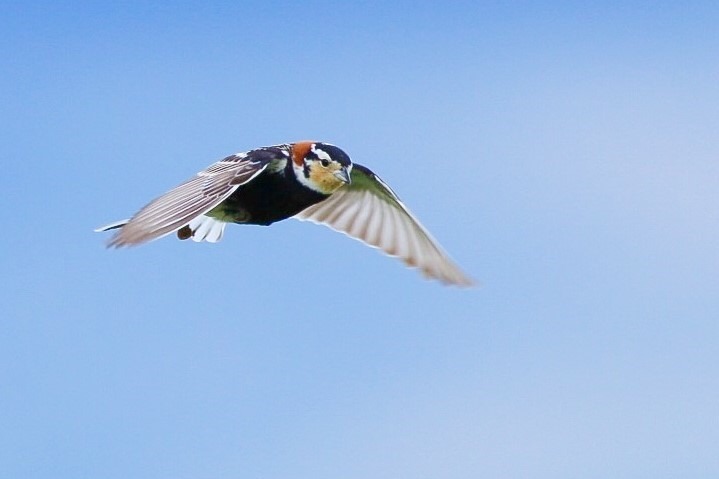By Dr. Silke Nebel, Vice-President – Science and Conservation, Birds Canada
Climate change and loss of biodiversity and are two challenges threatening the future of humanity. They are referred as “twin crises” because the factors driving them – and the potential solutions – are tightly linked. Trying to address one without addressing the other may have unintended consequences1.
A good example is cattle production. Producing beef has, on average, a much higher environmental footprint than producing any other forms of protein, and if we were to look at just greenhouse gas emissions, we might conclude that beef production should be replaced altogether. But doing so would – in at least one scenario – have negative consequences for biodiversity.
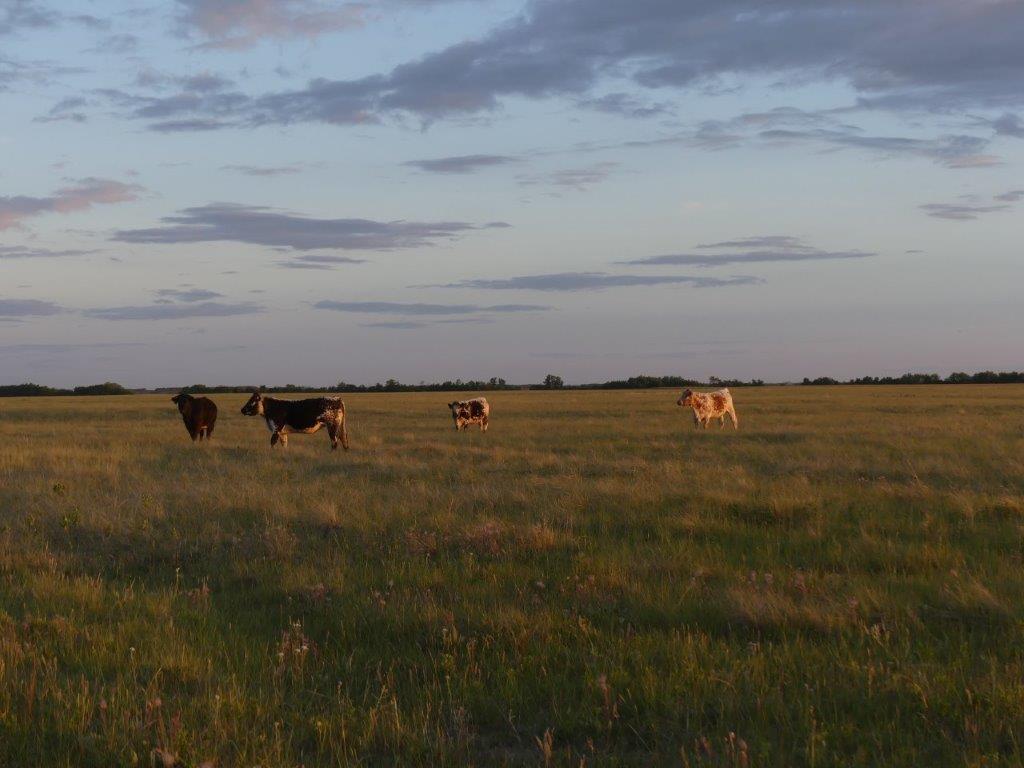
Beef Cattle Photo: Tim Poole
Let’s have a look at the Canadian Great Plains. The temperate grassland is one of the most threatened types of ecosystem in the world, including here in Canada. Without the grasslands, we will lose all the species that are adapted to these unique ecosystems. And grasslands are not only essential for endangered biodiversity, they also play an important role in mitigating climate change. Natural grasslands – or what remains of them today – store vast amounts of carbon2. And because most grassland carbon is stored underground, it is protected from wildfire, unlike the carbon stored in forests.
Despite their benefits to climate and biodiversity, temperate grasslands are being lost at an alarming rate – from 2014 to 2018, plowing of grasslands across the Great Plains took place at an average of four football fields every minute3. The loss of grassland habitat and biodiversity is reflected in the population trends of the birds that rely on these places. The 2019 State of Canada’s Birds reports that birds adapted to the semi-arid grasslands of the North American Great Plains are declining faster than any other bird group. Icons like the Chestnut-collared Longspur have declined by approximately 95% since 1970. The biggest driver of these declines is the loss of grassland due to land use conversion and habitat fragmentation for agriculture and urban development.
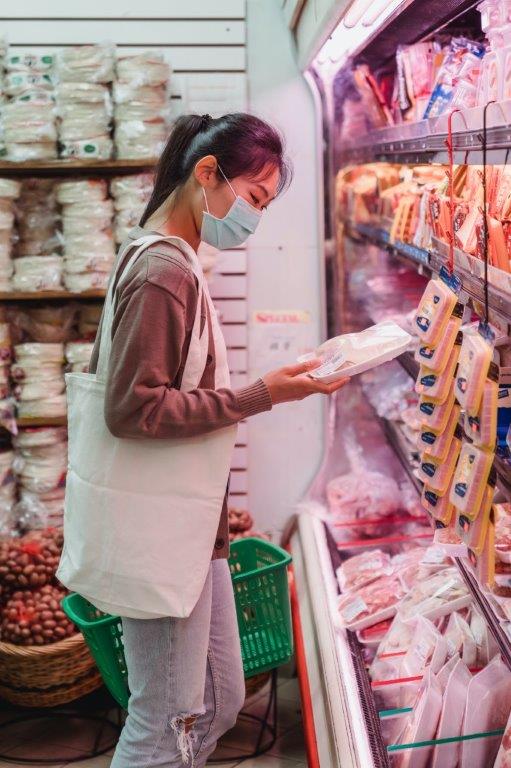
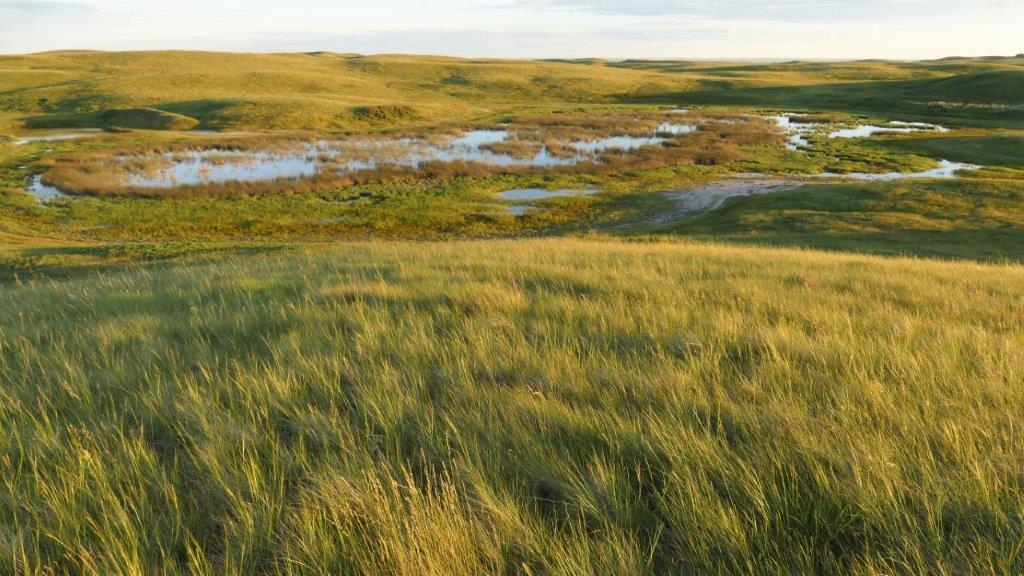
Photo: Pete Davidson
The main reason for this loss is the market pressure to convert the prairie grasslands into cash crops. Agricultural producers are likely to make more money planting canola than raising cattle. Grassland birds like the threatened Sprague’s Pipit will happily make their home in well-managed pastures but they cannot live in a soybean field or fields planted with any other annual pulse crops. Grassland birds evolved with grazing and, as a group, the prairie bird community needs a mosaic of short, medium, and tall grasses, which can be achieved with properly managed cattle grazing. What this means, in effect, is that keeping cattle on the prairies is one of the best safeguards we have against losing the remaining grasslands, with their carbon stores and their unique biodiversity, and for ensuring that the grasslands that do remain provide the kind of habitat grasslands birds need.
Can’t we just do away with the cattle, restore the grasslands, and create really big protected areas?
Protected areas are an important part of the solution, but many of the remaining grasslands are privately owned or managed, and we need to ensure that working landscapes can also provide climate and biodiversity benefits. The grassland ecosystem evolved with many native herbivores, including millions of free-roaming bison. And without any herbivores to graze the grassland, natural succession takes place and many of these grasslands will turn into shrub land or have fewer plant species altogether. So, in the absence of bison, domestic livestock like cattle become vital to maintaining the health of grasslands. It is possible to reintroduce bison, which was successfully done in Grasslands National Park and Banff National Park. But, like cattle, bison are ruminants, and greenhouse gas emissions are part of their digestive process. Whether as protected area or working landscape, preventing any further loss of native prairie is vital, as prairie restoration takes a very long time and is very expensive to do.
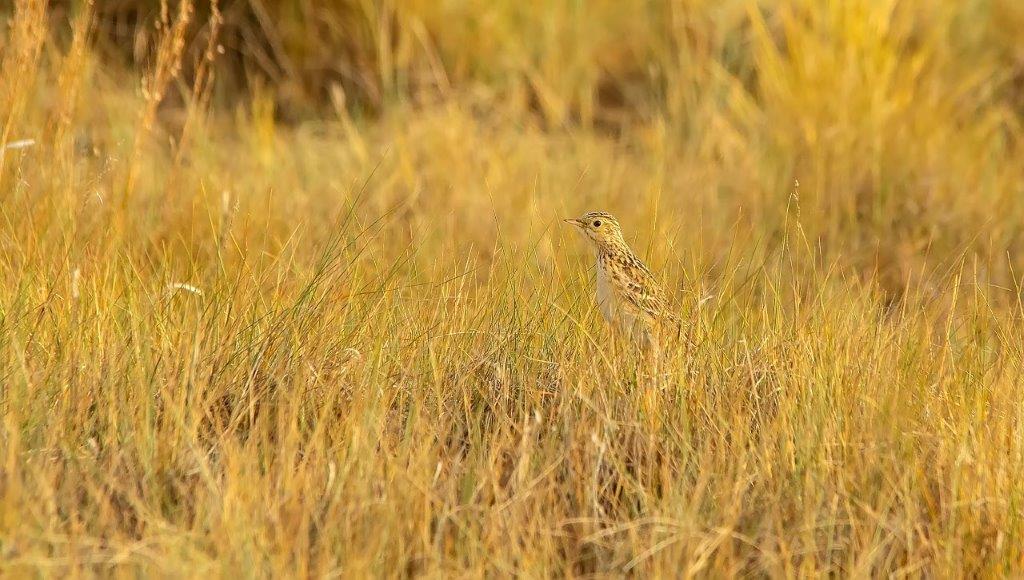
Sprague’s Pipit Photo: Daniel Arndt
How big is the carbon footprint of a steak that comes from Canadian grass-fed beef?
Well, it all depends – on the moisture of the grass, how often the cattle were rotated among fields, how many cattle the rancher had on a single field, how far the steak was transported, and so forth. There is ongoing research trying to answer these questions. So, maybe one day, we will be able to have a sticker on our food that tells us not just how many calories and vitamin C a product has, but also its carbon and water footprints. That would be great for informing our purchasing decisions. But what we do know, today, is that keeping grasslands intact keeps carbon in the ground and provides habitat for birds and other wildlife.
To combat the twin crises of biodiversity loss and climate change, we can choose to support production systems that benefit biodiversity and mitigate climate change. The grasslands of the Great Plains are important for both.
References
1Pörtner et al. (2021). IPBES-IPCC co-sponsored workshop report on biodiversity and climate change; IPBES and IPCC;
2Ahlering et al. (2016). “Potential carbon dioxide emission reductions from avoided-grassland conversion in the northern Great Plains.” Ecosphere 7(12): e01625.
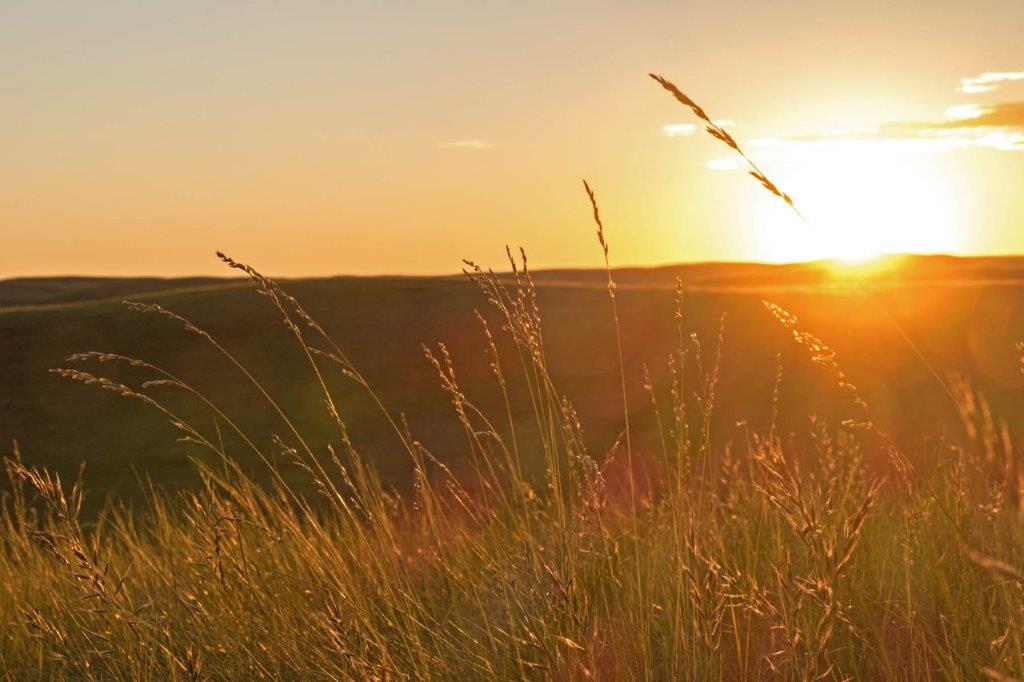
Photo: Pete Davidson
